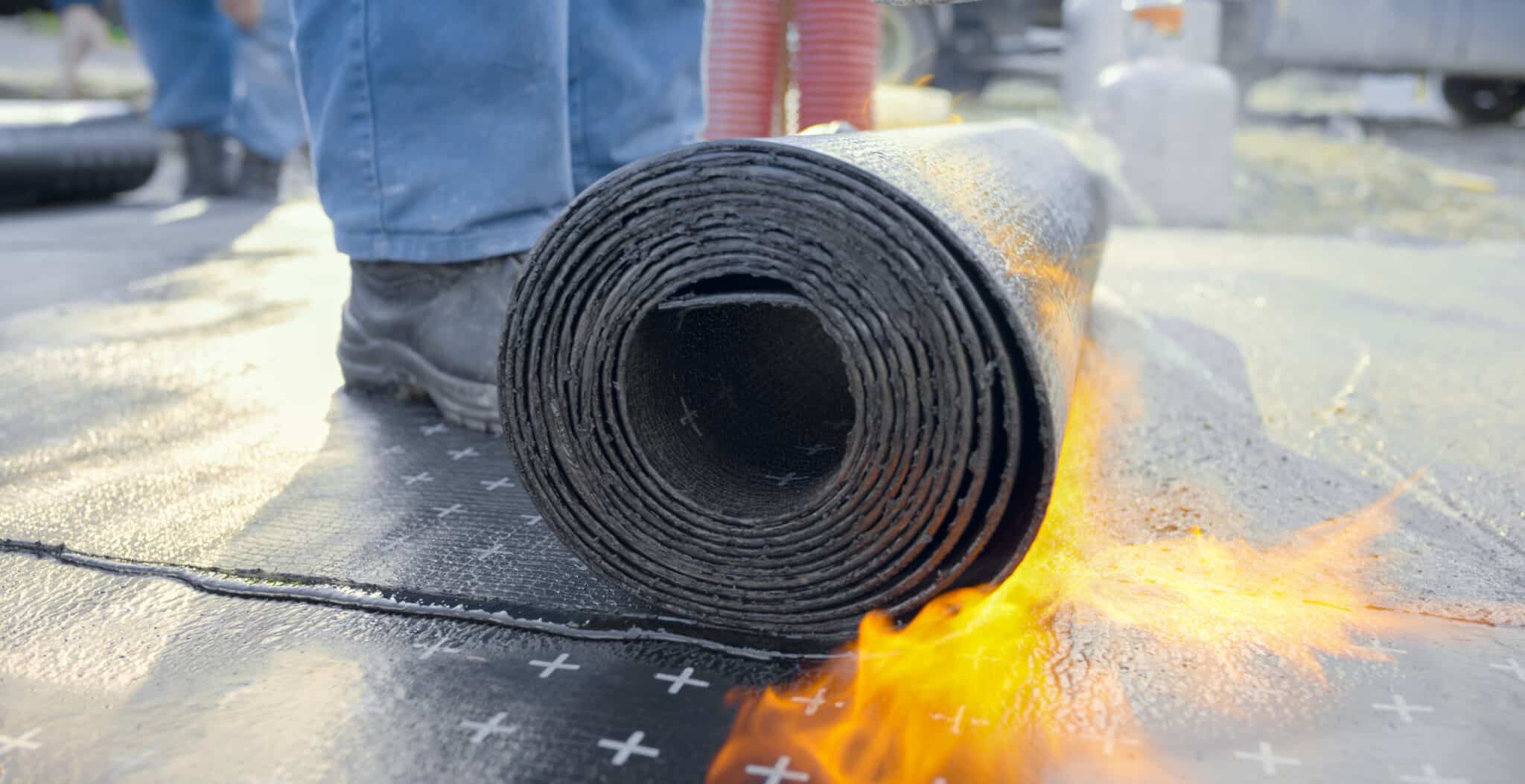How Association Credentialing and Certifications are Making the World a Better Place

Association credentialing and certifications ensure the competency and professionalism of individuals in various industries. These programs set standards for excellence and protect the public, thereby increasing confidence and trust in the services provided. While we often hear about the positive impact of credentialing in healthcare and education, there are other examples that have the potential to improve public safety and benefit society as a whole. In this article, we will examine how some associations are making a positive impact in unexpected ways.
Society of Actuaries
Artificial Intelligence (AI) and predictive models are trained on data, and if the data used for training contain biases, then the models will likely perpetuate those biases in the results they generate. These models use patterns in the data to make predictions, and if the data reflects a biased perspective, the models will learn and reinforce those biases.
For example, if a predictive model is trained on a dataset of job applicants and the data shows that certain groups are less likely to be hired, the model may learn to predict that those groups are less desirable candidates and make biased hiring recommendations. Similarly, if a facial recognition system is trained on a dataset that has a disproportionate representation of certain races, it may have difficulty accurately recognizing and differentiating individuals from underrepresented groups.
Jeremy Webber, director of education program development for the Society of Actuaries, describes the challenge this presents to their members, “Predictive models and artificial intelligence have the capability of unintentionally creating biased results. As these tools become widespread in insurance, it is essential that actuaries have the tools to detect and prevent such bias. The Society of Actuaries certificate program in the Ethical and Responsible Use of Data and Predictive Models provides these tools, enabling actuaries to fulfill their obligations to clients, regulators, and the public.”
The Society of Actuaries launched a virtual “Ethical & Responsible Use of Data & Predictive Models Certificate Program” to provide comprehensive training for those involved in creating or deploying predictive models. The program aims to deepen participants’ understanding of ethical issues related to data use and the unique risks posed by predictive analytics and AI. It provides hands-on, practical training with real-world examples to help learners grasp best practices and apply them in their work. The program also highlights the importance of model explainability and the role of communication and teamwork in reducing the risk of unintended biases and unanticipated outcomes.
As AI-driven predictive modeling is beginning to permeate aspects of our work, it is crucial to detect biases to ensure fair and accurate results. By regularly auditing and monitoring models for bias, organizations can proactively address and prevent these issues, maintaining the integrity and credibility of their predictive systems. Furthermore, detecting and correcting biases in AI models is essential for creating a responsible and ethical use of this technology.
To learn more about soa’s program visit, soa.org/programs/ethical-responsible-data-certificate/
National Roofing Contractors Association

This was the sentiment shared by CNA Insurance during a 2002 meeting with the National Roofing Contractors Association (NRCA).
CNA was concerned about the rise of fire-related claims from torch-roofing ($14 million in losses), but agreed to consider a risk management approach after discussions with NRCA; resulting in the NRCA being tasked to present a plan to CNA’s leadership.
Tom Shanahan, MBA, CAE, NRCA’s vice president of enterprise risk management, describes the undertaking: “NRCA reached out to the Midwest Roofing Contractors Association (MRCA), which already had a certified roofing torch-applicator program known as CERTA, and asked MRCA to form a partnership to create a national program. MRCA agreed, but at the time, there only were a few trainers qualified to teach the MRCA CERTA class, so finding a way to build a cadre of trainers was key to train a large number of torch applicators.”
Concurrently, NRCA was awarded OSHA training grants for various subjects. The most recent grant awarded was for creating a train-the-trainer safety program. The grant helped make development of a torch-specific, train-the-trainer program a natural fit. Instructors who passed the CERTA trainer course would be authorized to teach applicators using what would become the revised CERTA program. The NRCA/MRCA CERTA program would include developing best practices for torch-applied roof system installation and safety. These practices provide guidance for applying roof membranes safely and inspecting roofs properly to mitigate fires.
NRCA’s presentation to CNA was successful and within a few months, NRCA began offering the new CERTA train-the-trainer class. Classes were well-attended, and newly authorized trainers were teaching field roofing workers at a significant pace. More importantly, insurance claims were halved. This downward trend continued and torch-related losses stabilized to an acceptable level. Interestingly, as the good claims experience news spread, more and more non-CNA insured members sent staff to the program. CNA’s trust in NRCA’s training program paid off not only for their book of business, but also for the safety of workers in the industry as whole.
To learn more about the certa training program go visit: nrca.net/education/certa
National Association of the Remodeling Industry

“The majority of U.S. adults who are aging, plan to age at home … and we are also seeing an increase in multi-generational housing,” says Plamena Todorova, director of credentialing and education at NARI. As Baby Boomers age and approach retirement, they face new challenges and needs. This often means making adaptations and modifications to their homes to accommodate changing physical needs, such as installing grab bars, wheelchair ramps, and wider doorways.
The concept of universal design has been around for some time now and is being more readily adopted, in part, to respond to this large demographic. But they are not the only ones who benefit, “The concept of universal design is creating and retrofitting spaces so that they are useable by a variety of people regardless of ability. This would include aging in place, people with disabilities and multi-generational households as well.” says Todorova.
In response, NARI created the Universal Design Certified Professionals (UDCP) designation, where experienced remodelers are recognized for their skills in universal design and remodeling. The program covers various aspects of universal design, including conducting client needs assessments, applying universal design to remodeling projects, construction techniques for implementing universal design, plumbing and electrical systems specific to universal design, and differences between building codes and the Americans with Disabilities Act (ADA).
“Another part of universal design is creating homes that are stylish and don’t look clinical … there are products and designs available that can make world class designed homes with universal design elements,” explains Todorova. “Our goal is not only to raise the professionalism in the industry, but also raising the awareness of clients that there are professional remodelers out there that can help them with all their needs,” she adds.
With an estimated 74 million Baby Boomers in the U.S., and another 41 million people with special needs, the impact of these programs will be felt for generations to come.
If you would like to learn more about NARI’s Certifications please visit nari.org/cert.
NARI’s client facing website allows consumers to search a membership directory to find qualified remodelers: remodelingdoneright.com
Tags
Related Articles
Ramping up Productivity in Busy and Distracting Times
5 tips to help you take control of your schedule and get the most out...
How Hybrid Work Continues to Shape the Workplace
Association leaders discuss the post-pandemic workplace and how hybrid work works.
The Cycle of a Successful Work-life Balance
How are association leaders promoting balance in their teams? And what can you do about...





